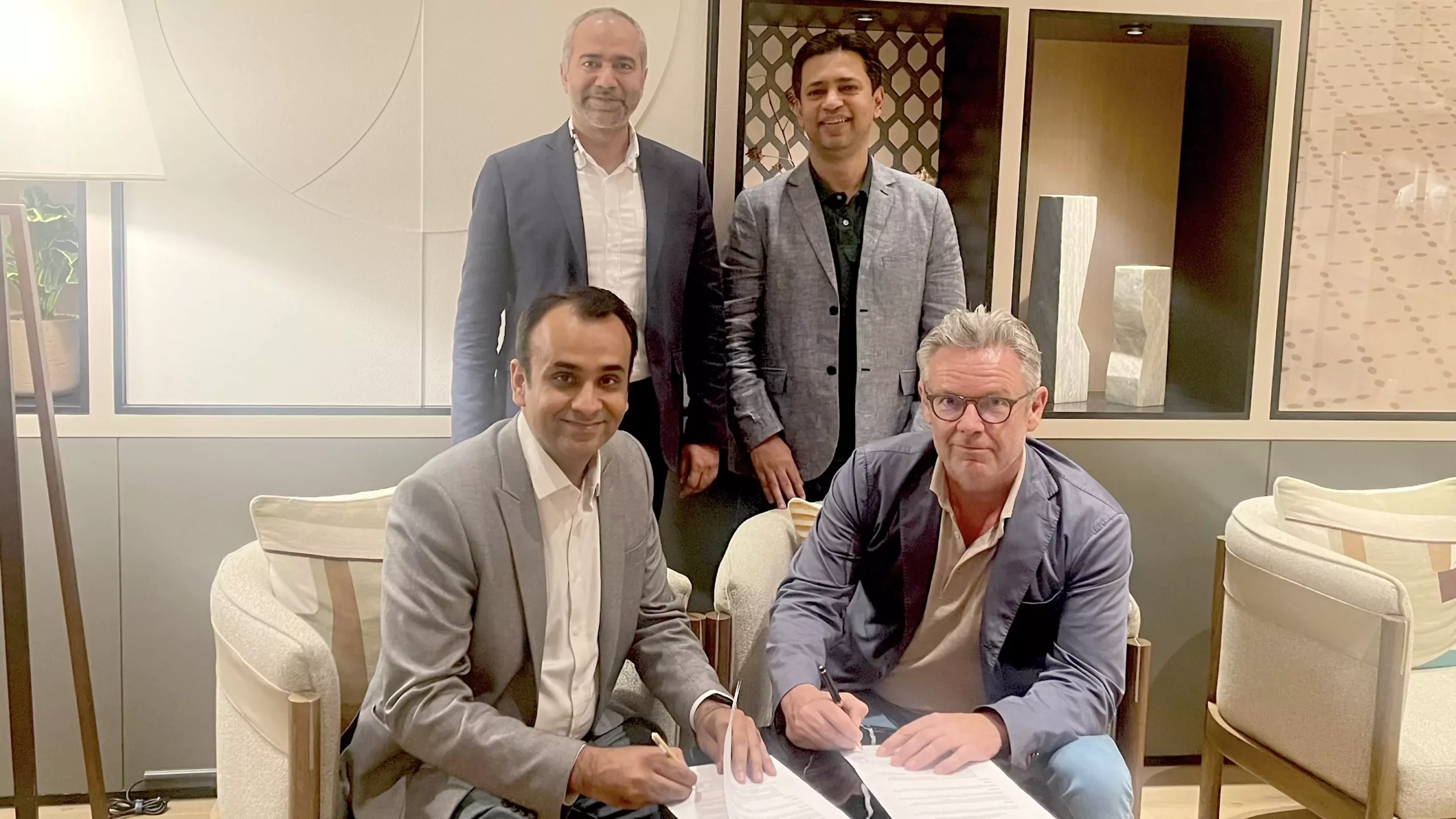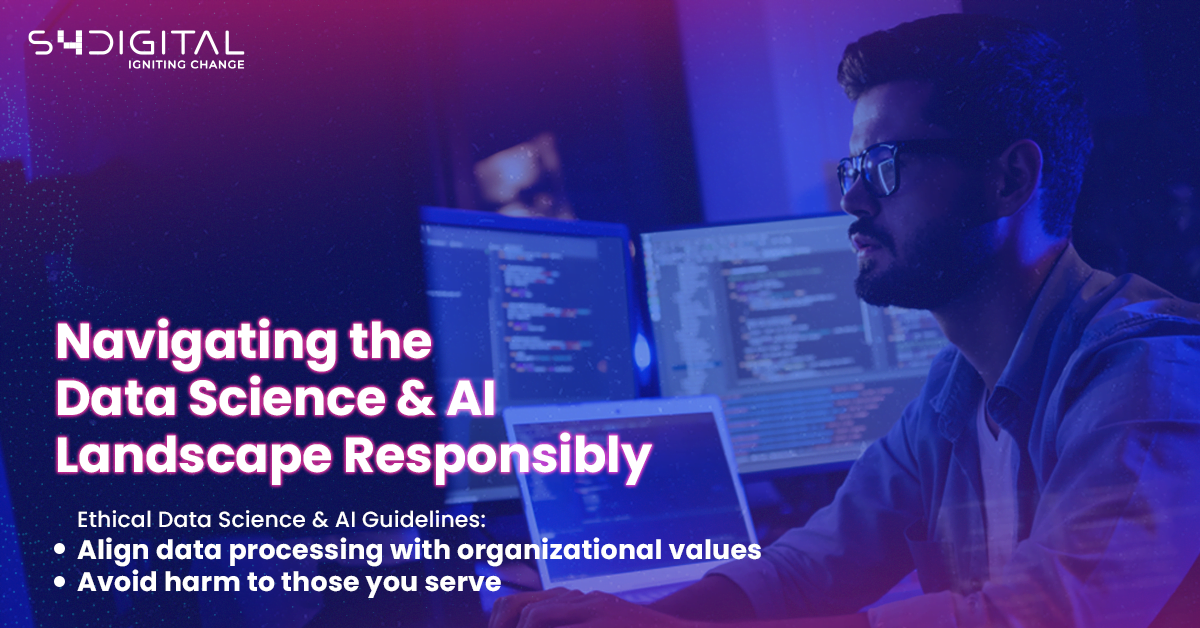
When does corporate surveillance become managerial overreach?
Would you want to be spied on at work by your boss? What about at home?
Those are the questions which are emerging as new technology allows managers and supervisors a world of access to their employees’ lives like never before. A piece in The Economist recently dealt with the increase in the usage of “employee-spying software”, and the potential hazards of its overreach.
Before the pandemic, working from home was, for many people, a luxury akin to flexible start and finish timings at the office – if you needed to arrive an hour late because of a doctor appointment, or if you needed to participate in online meetings from home, then that was within the realm of possibility. That arrangement allowed many managers to still see their team members almost daily, because face-to-face office work was still the prevailing norm.
What a difference two years make. Fast forward to 2022, and many workers have never physically set foot on the premises of the companies they work for. Understandably, this raises a plethora of questions about the integrity of the employer-employee relationship. Gone with the employees’ physical presence is the manager’s ability to casually “check in” with their team members – the type of spontaneous, chatty, cafe-style conversations that I, as S4Digital’s cultural ambassador, have been tasked with maintaining in corporate life. Whereas previously, personable managers would be able to ensure that their team members were content not just in their working lives but also in relation to their complete wellbeing, such pastoral care is now taking place via the awkward, rather formal medium of email. Likewise, employees could be more likely to feel disengaged with a company if their entire interaction is virtual.
More cynically, managers might wonder whether their employees are at their computers at all. As an example; Andrew is part of a sales team for company X. In early 2019, prior to the pandemic, Andrew struggled with a sluggish three months of sales. Sitting in the same office, his line manager knew that he was a dedicated team member who would arrive at work on time every day, socialise with his fellow team members yet still diligently carry out his work. It was clear that the issue wasn’t Andrew’s lack of professionalism or dedication, instead, perhaps he required training in his sales pitch or other techniques. In August 2021, a year and a half after shifting to a work-from-home basis due to the pandemic, Andrew’s sales figures have once again begun to slow, but this time Andrew’s line manager hasn’t physically seen him for 18 months. Could he require a bit more training, as in early 2019? Is Andrew feeling demotivated after a world-changing event? Is he getting distracted by his family at home? Is he falling into the habit of sleeping late and waking up late? Is he even present at all?
To combat this, software such as Time Doctor and DeskTime saw a massive uptick in usage in April 2020 and today continue to outsell its pre-2020 sales figures. These applications require users to send selfies, screenshots or even location ‘pings’ to head office periodically but randomly, thereby allowing managers to check up on whether their staff are indeed “at work”.
Is this ethical, though? And would a photo or a location reference allow a manager to gain a fuller picture of what is actually going on in an employee’s life, like a chat by the water cooler or over coffee might? Does this have the potential to, rather than building a fuller picture of the employee’s working life, instead erode any trust which already exists between the employer and employees? And for what intention is it being used – in this article alone, we began with vocabulary such as “checking in on employees” and ended up with “checking up on whether staff are indeed at work”. Even as I write this, I am aware of the focus of the discussion shifting from pastoral care and employee motivation to surveillance and control.
As I mentioned in a post regarding ethics last week, the answer is complex and probably lies somewhere in the middle. While no doubt, software like this has the potential for misuse, so does the entire concept of working remotely. Additionally, there are industries, companies and teams which require punctuality and attendance, but for whom the office provided a physical/social barrier to any managerial overreach. Therefore, the key must be in the approach, for managers and organisations to use such software in a way that is restrained and appropriately informative and continually assessed to ensure effective use where employees feel included and considered.
Become part of the conversation with our poll




